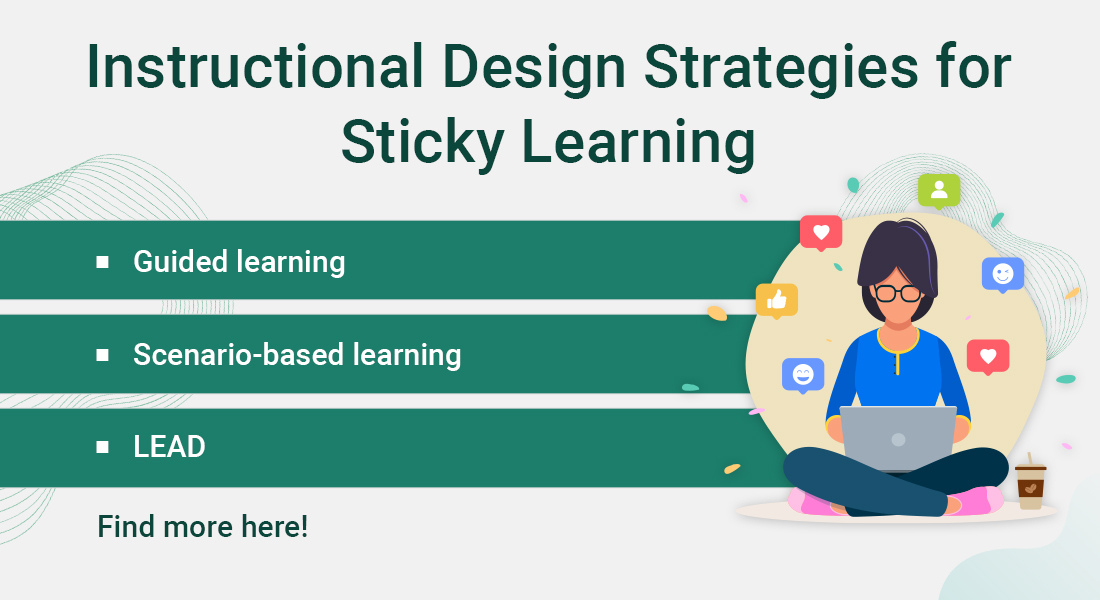What Training Managers Should Know about Instructional Design Strategies [Infographic]
Instructional design strategies bring life to eLearning courses, making learners active participants, and as a training manager, you need to be armed with the right information to take informed decisions. This post shares what you ought to know about instructional design strategies.

The main motto of instructional designers is to increase learner engagement and arrest dropout rates in eLearning. Training courses grounded in the principles of instructional design and adult learning will meet these goals – even without the frills. Whether you are an experienced ID, a new entrant, or making your way to the world of L&D from a functional field, a basic understanding of ID strategies will take you a long way.
An Instructional Strategy is a high-level approach to how a topic will be taught. Clear learning objectives and design goals are the prerequisite to any instructional strategy. Let us briefly discuss the various components of an ID strategy.
Explore how ID strategies offer sticky learning experiences.
Components of an Instructional Design Strategy
These are some aspects to be addressed when selecting the instructional strategy for any course.
1. Content
Involves activities such as:
- Chunking content into manageable units
- Segregating need-to-know and nice-to-know information
- Presenting it in a logical flow
2. Media
- Include images, animations audio, and video
- Decide the types of images to be used
- Decide the amount of usage and tone of audio
Take a closer look at instructional design strategies.
3. Visual
- Includes the Graphic User Interface (GUI) and fonts and colors used
- Ensure it follows your branding style guide
4. Assessments
- Includes formative and summative assessments
- Ensure they are aligned with performance-based learning objectives
Another aspect you will need to decide on the technology standards– do you want to publish to SCORM 1.2 or SCORM 2004, or Tin Can.
Now that the different components of an ID strategy have been outlined, here’s a look at 5 popular ID strategies – ideal for different kinds of training.
Parting Thoughts
The choice of strategy depends on your target audience, the subject matter, and the learning environment. It also depends on constraints such as time, money, and resources. As a training manager, you may have a lot of questions about which strategy will work for your courses. You might also want to know more about the process of instructional design, interactivities, and assessments. Look no further, download this free eBook for answers to all those questions, and more!







